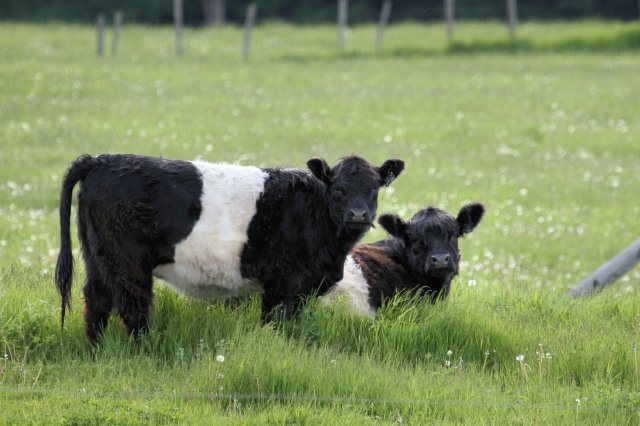Rewilding in Montana
APR.
APR.
Follow along with the video below to see how to install our site as a web app on your home screen.
Note: This feature may not be available in some browsers.
best part of the prog. imho. A ranch of 200 square miles with 4000 head of cattle means a stockingRed and Black angus cattle was more interesting! But they can not make it pay on an extensive system!
WB
How many millions of buffalo? And cattle are to blame for global warming
30 million buffalo
there are a million millions in a billion
I stand corrected. It's a mad world when the value of a number can be changed. Still improves my chances of becoming a billionaire.A thousand million usually these days
Long and short scales - Wikipedia
en.wikipedia.org
1.4 billion cattle when? Now? Or worldwide at the same time as the 30 million buffalo? Genuine question.This is compared to 1.4 billion cattle.
* there are a million millions in a billion. The majority in Brazil on what used to be rainforest. (These are the problem, not my welsh black on low input grassland).

You can imagine the uproar if that was filmed over here. No pain relief for branding, chap slicing balls off or pinching bull calfs in the background wasnt filmed close up, dragging calfs with ropes etc etc. Chaps on horses looked like they hadnt ridden for a while, i think they left the quads at home for the tv camera's. I like simon reeves though.
Not seen this weeks episode left but thing Simon reeve has done some fantastic travel documentaries in the last few years
Nick...
Stupid ? Perhaps , why do they rope and drag large no.s of calves rather than pen them up tight - looks hardwork and hard on the calves to me , but I admire their horse/stock skills .?I went and stopped with a penfriend farming/ranching famihard work Herself in upstate MT about 15 years ago and assisted or saw all of the above. Local lads who were roping and holding the "calves" were astonished when I told them they would be prosecuted here in the UK for a lot of their activities. As for the we pellet inside the ear.....
Our programs are all happy sunny Dales type progs. apart for the rare exception that is, This Farming Life. Even that has it Countryfile moments....